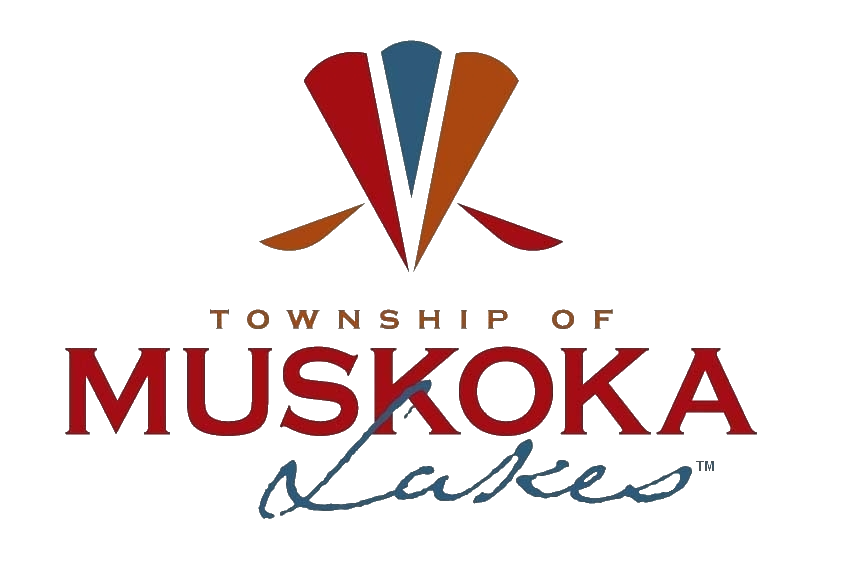Internet and Connectivity are terms used extensively throughout our webpage and content.
Internet is simply the product individuals want to subscribe to and use while connectivity refers to the way people are hooked up to the Internet, and may include dial-up telephone lines, cable, always-on broadband connections, Satellite, Hotspots and Wireless.
We would like to highlight some differences in the latter – connectivity – for your awareness. Internet connection options vary by Internet Service Provider (ISP) and by region. Customers should consider some of the following factors before selecting an Internet package: speed or bandwidth, cost, availability, reliability and convenience. In order to determine what Internet plan is right for you, we recommend you review the different types of Internet connections available on the market today.
Understanding The Differences Between Internet Connections
When determining which type of Internet connection is right for you or your family, it's important to understand the distinction between each connection. In today's age, there are numerous ways to connect laptops, desktops, mobile phones, gaming consoles, e-readers and tablets to the Internet. Some of the most widely used Internet connections are described below.
Wireless
Radio frequency bands are used in place of telephone or cable networks. One of the greatest advantages of wireless Internet connections is the "always-on" connection that can be accessed from any location that falls within network coverage. Wireless connections are made possible through the use of a modem, which picks up Internet signals and sends them to other devices.
Mobile
Many cell phone and smartphone providers offer voice plans with Internet access. Mobile Internet connections provide good speeds and allow you to access the Internet.
Hotspots
Hotspots are sites that offer Internet access over a wireless local area network (WLAN) by way of a router that then connects to an Internet service provider. Hotspots utilize Wi-Fi technology, which allows electronic devices to connect to the Internet or exchange data wirelessly through radio waves. Hotspots can be phone-based or free-standing, commercial or free to the public.
Dial-up
Dial-up connections require users to link their phone line to a computer in order to access the Internet. This particular type of connection—also referred to as analog—does not permit users to make or receive phone calls through their home phone service while using the Internet.
Broadband
This high-speed Internet connection is provided through either cable or telephone companies. One of the fastest options available, broadband Internet uses multiple data channels to send large quantities of information. The term broadband is shorthand for broad bandwidth. Broadband Internet connections such as DSL and cable are considered high-bandwidth connections. Although many DSL connections can be considered broadband, not all broadband connections are DSL.
DSL
DSL, which stands for Digital Subscriber Line, uses existing 2-wire copper telephone line connected to one's home so service is delivered at the same time as landline telephone service. Customers can still place calls while surfing the Internet.
Cable
Cable Internet connection is a form of broadband access. Through use of a cable modem, users can access the Internet over cable TV lines. Cable modems can provide extremely fast access to the Internet.
Satellite
In certain areas where broadband connection is not yet offered, a satellite Internet option may be available. Similar to wireless access, satellite connection utilizes a modem.
ISDN (Integrated Services Digital Network)
ISDN allows users to send data, voice and video content over digital telephone lines or standard telephone wires. The installation of an ISDN adapter is required at both ends of the transmission—on the part of the user as well as the Internet access provider.
There are quite a few other Internet connection options available, including T-1 lines, T-3 lines, OC (Optical Carrier) and other DSL technologies.
As you decide what Internet connection is the best fit for your needs, you may wish to narrow down your selection based on your preferred download and upload speeds, or based on deals and pricing options through an Internet Service Provider.
ISP (Internet Service Provider)
An ISP is a company that provides Internet connections and services to individuals and organizations. In addition to providing access to the Internet, ISPs may also provide software packages (such as browsers), e-mail accounts, and a personal Web site or home page.

